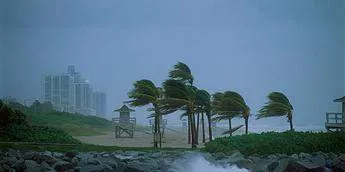
Cyclones, hurricanes, and typhoons are all different names for the same weather phenomenon-a tropical storm.
The naming, however, varies by region. These storms are called hurricanes in the Atlantic and Northeast Pacific, typhoons in the Northwest Pacific, and cyclones in the South Pacific and Indian Ocean.
Naming these storms makes it easier for the media to report on them, increases community awareness, and facilitates disaster management.
Until 1999-2000 tropical cyclones were named using women's names exclusively. Since then, both men's and women's names have been used.
This article explores how cyclones are named with a specific focus on East Africa, a region impacted by cyclones in the Southwestern Indian Ocean.
Historical context of naming cyclones
The practice of naming storms began centuries ago to aid in tracking and communicating about them.
Initially, storms were named arbitrarily; a hurricane might have been named after a saint's day on which it occurred, or an event it impacted.
By the early 20th century, meteorologists around the world started using short, easily remembered names to cut down on confusion when multiple storms occurred at the same time.
Historically, storms have been named for a long time, but haphazardly and after the fact. For example, an Atlantic storm that ripped the mast off a boat named Antje would become known as Antje's hurricane.
Modern naming systems
Today, the World Meteorological Organization (WMO) oversees the naming of cyclones, hurricanes, and typhoons.
Each ocean basin has its list of names, which are used in a rotation. In the Indian Ocean region, which affects East Africa, the system is managed by the Regional Specialised Meteorological Center (RSMC) in La Réunion, France.
The process of determining names for tropical cyclones is conducted by the relevant tropical cyclone regional body at its annual/biennial session.
How names are chosen
The RSMC La Réunion maintains a list of names submitted by countries in the region. These names are typically short, distinctive, and culturally relevant to the people in the area.
Names can be repeated after a few years unless the storm was so deadly or costly that the continuation of its name is considered inappropriate and it is retired.
The selection of names is based on their familiarity with the people in each region, aiming to aid in the understanding and remembrance of cyclones.
For example, Cyclone Idai, which struck Mozambique, Malawi, Zimbabwe, and Madagascar in March 2019, was one of the deadliest cyclones in the Southwestern Indian Ocean. Due to its devastating impact, the name Idai was retired from future lists.
Examples of cyclone names in East Africa
East Africa has experienced several significant cyclones, including:
Cyclone Kenneth (2019): Just weeks after Cyclone Idai, Kenneth hit the northern province of Cabo Delgado in Mozambique. It was the strongest cyclone to ever make landfall in Mozambique.
Cyclone Jobo (2021): Jobo approached Tanzania and was notable because it was one of the few cyclones to impact the country directly.
The process of naming
Each year, the World Meteorological Organisation publishes a list of potential cyclone names. When a tropical disturbance intensifies into a cyclone and has sustained winds of at least 65 km/h, it is assigned the next available name from the list.
This systematic approach ensures that names are given in an organised and sequential manner, which is crucial for public awareness and coordination of relief efforts.
Assigning names to tropical cyclones makes tracking and discussing specific storms more straightforward, especially when multiple storms are active simultaneously.



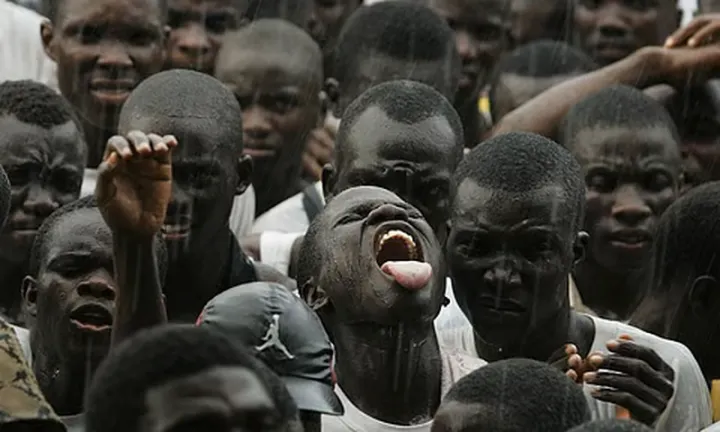
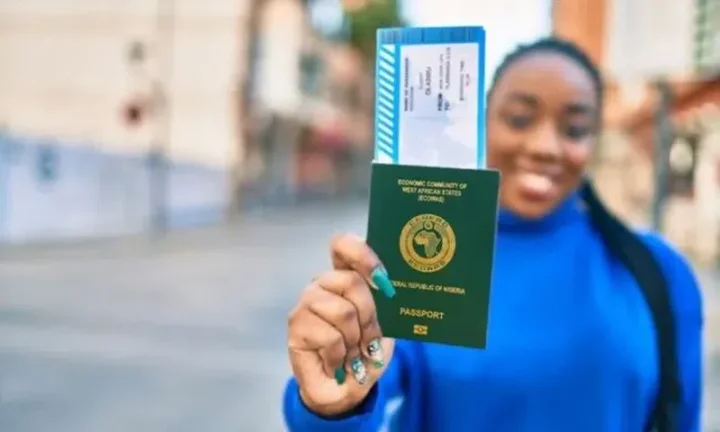
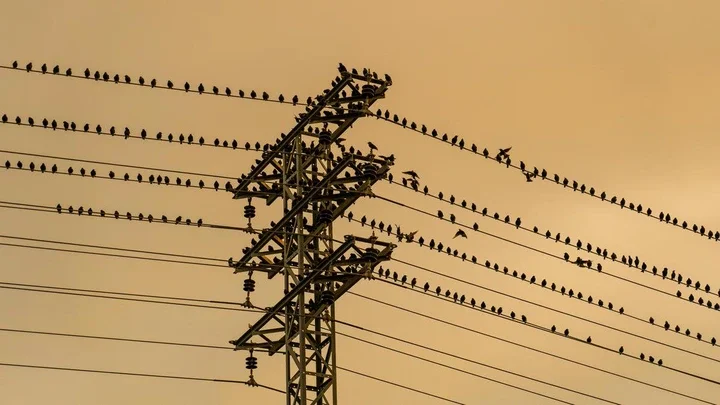
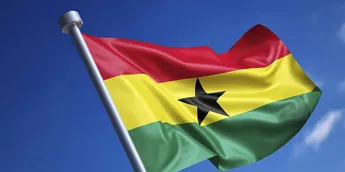

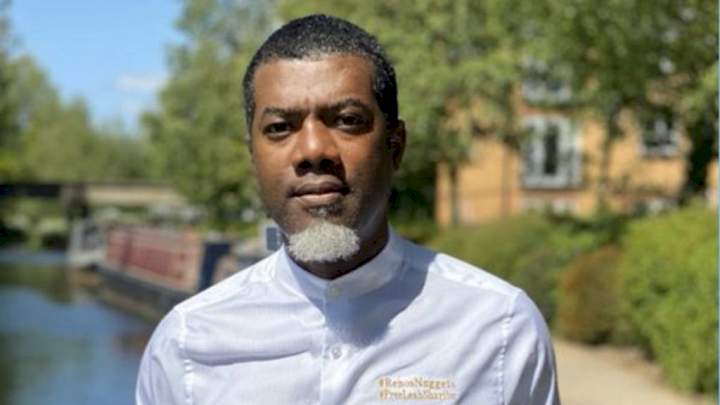







Comments